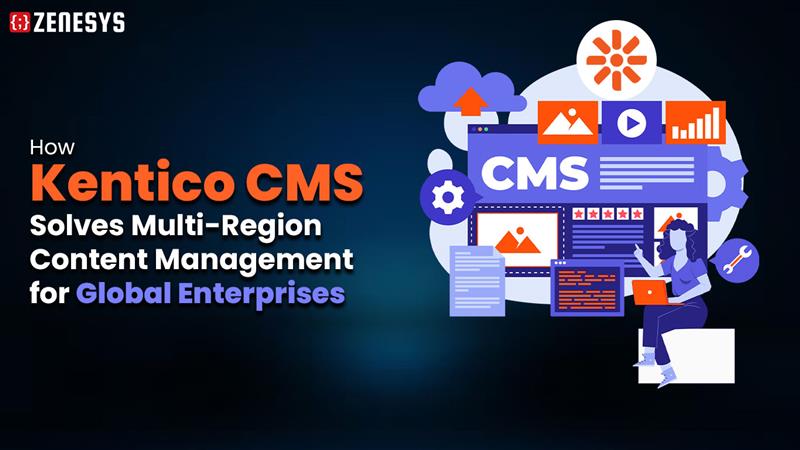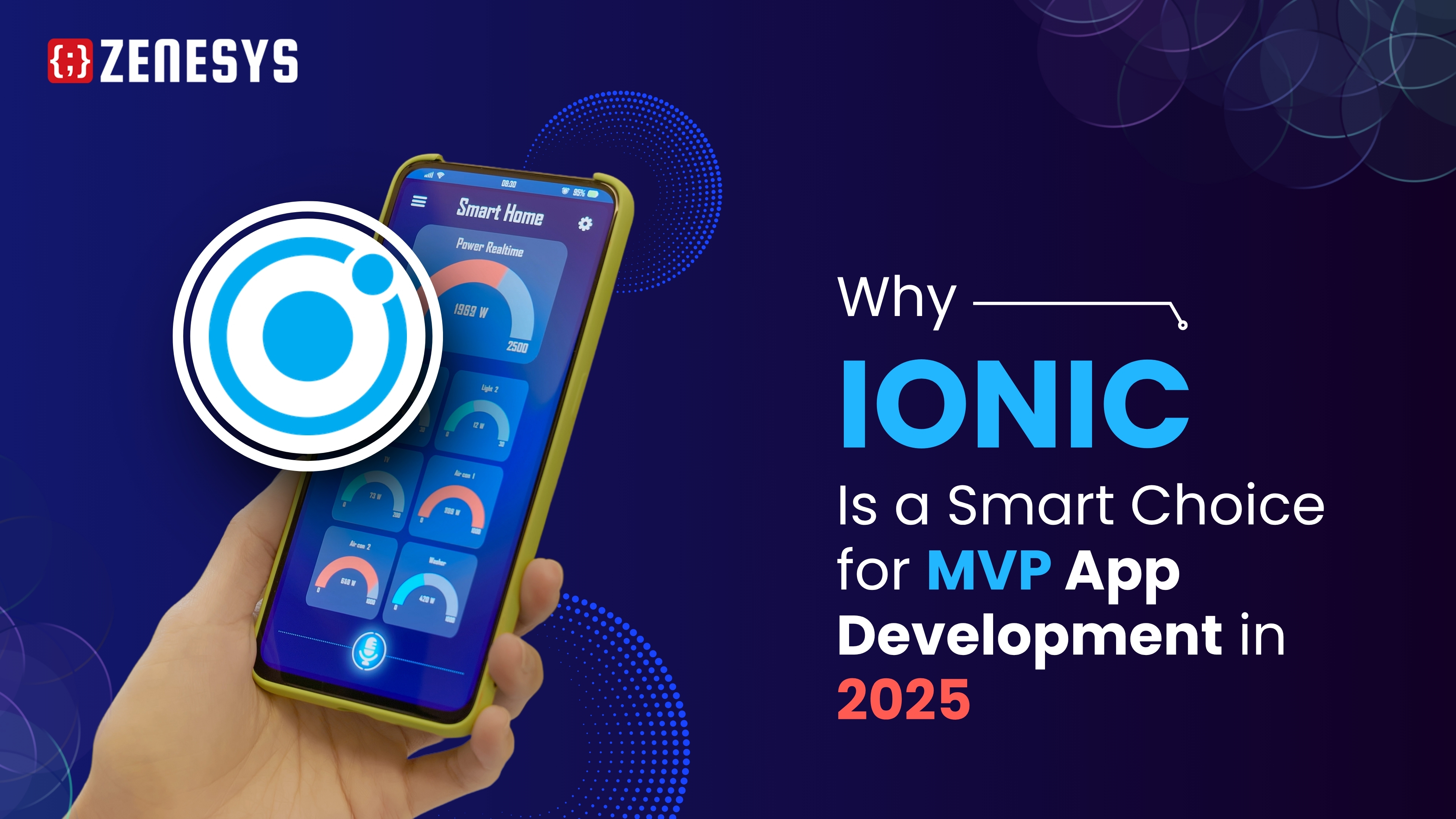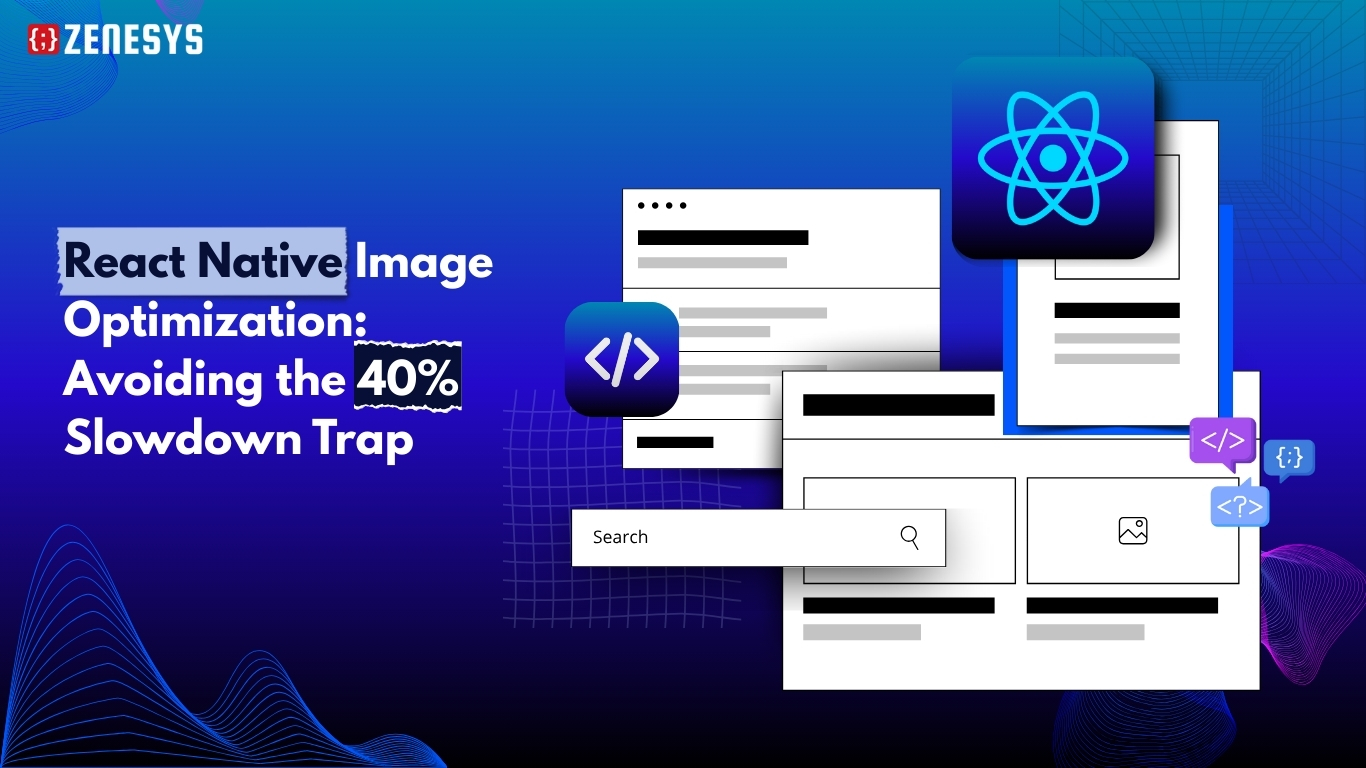How Kentico CMS Solves Multi-Region Content Management for Global Enterprises

Strong 8k brings an ultra-HD IPTV experience to your living room and your pocket.
If you’ve ever worked for a company with offices in different countries, you know how tricky it can be to keep everyone on the same page—literally. From branding to product info, every region needs content that fits their language, culture, and legal requirements. And let’s face it: sending emails back and forth or juggling dozens of spreadsheets just doesn’t cut it anymore.
It’s no surprise that the demand for better content management tools is rising fast. According to Statista, the content management software market is projected to reach $23.17 billion in revenue by 2025.
That’s not just a number—it’s a sign that businesses worldwide are investing in smarter ways to manage their digital content. In fact, content management systems (CMS) now power 68.7% of all websites—over 80 million live sites as of January 2025. The push for digital transformation is everywhere, with the enterprise content management market itself valued at $37.88 billion in 2025, and expected to grow at over 13% annually.
Why is this market growing so quickly? The answer is simple: companies want to deliver consistent, localized experiences to customers, no matter where they are.
If you’re reading this, you’re probably wondering how to make content management work for your global business. That’s where Kentico CMS comes in. I’ve seen firsthand how Kentico helps organizations manage content across multiple regions, languages, and teams—all from one central platform. Let’s break down how it works, and why it’s such a practical choice for global enterprises.
What Makes Multi-Region Content Management So Challenging?
Before we dive into Kentico’s solutions, it helps to understand the main pain points that global companies face:
Multiple Languages: Translating content isn’t just about swapping words. Each region may need unique messaging, legal disclaimers, or even different product offerings.
Brand Consistency: Keeping your brand’s voice and look consistent across dozens of sites and languages is tough—especially when local teams are involved.
Regulatory Compliance: Different countries have their own rules about data privacy, accessibility, and content standards.
Workflow Complexity: Coordinating content creation, approval, and publishing across time zones and teams can quickly get messy.
Technical Integration: Your CMS needs to play nicely with other business systems, like CRM, e-commerce, and analytics tools.
Most global enterprises struggle with at least a few of these issues. That’s why choosing the right CMS is so important.
Kentico CMS:
Kentico is a flexible, enterprise-grade content management system designed to help businesses manage websites, online stores, and digital experiences.
What sets Kentico apart is its multi-site and multilingual management features, robust security, and user-friendly interface. Whether you’re a large multinational or a fast-growing regional brand, Kentico helps you keep your content organized, secure, and tailored to each market.
Now, let’s look at how Kentico CMS tackles the specific challenges of multi-region content management.
Centralized Multi-Site Management
One of the standout features of Kentico is its multi-site management capability. This means you can manage multiple websites—each targeting different regions or audiences—from a single admin dashboard.
How does this help?
Single Sign-On: No need to log in and out of different systems. You can access all your sites from one place.
Consistent Branding: Templates and reusable components make it easy to keep your brand look and feel consistent, even as you tailor content for different regions.
Shared Resources: Share images, videos, and documents across multiple sites to avoid duplication and save storage.
Centralized Updates: Roll out updates, security patches, or new features across all your sites at once, rather than repeating the process for each one.
Multilingual Content Management Made Simple
Managing content in multiple languages is one of the toughest parts of running a global website. Kentico makes this much easier with features designed specifically for multilingual sites:
Language Status Overview: Quickly see which pages are available in which languages, so you don’t miss any translations.
Side-by-Side Comparison: Editors can view two language versions of a page at the same time, making it easier to ensure accuracy.
Culture-Dependent Workflows: Set up unique approval processes for each language, so local teams can review content before it goes live.
Language-Bound Editors: Limit editing rights so only authorized users can update specific language versions.
“Kentico CMS provides several additional features that help localize websites and manage multilingual content… Language version comparison allows content editors to work with two language versions of a document side-by-side.”
Setting up multiple cultures (Kentico’s term for languages and regions) is straightforward. You can assign cultures to each website and translate content as needed. The system even lets you control which users can access or edit specific languages, which is handy for managing local teams.
Flexible Localization and Regional Customization
Localization isn’t just about language. Sometimes, you need to tweak content for local laws, cultural norms, or even seasonal promotions. Kentico lets you:
Assign Cultures to Sites: Each site can have its own set of supported languages (cultures), and you can easily switch between them in the admin panel.
Set Default Content Culture: Choose which language is the default for each site, and change it as your business grows.
Control User Access: Give local teams permission to edit only their region’s content, reducing the risk of mistakes.
I’ve seen companies use Kentico to run dozens of regional sites, each with its own language, currency, and legal disclaimers, while still maintaining a unified brand identity.
Workflow Automation and Collaboration
Coordinating content creation and approval across multiple regions can be a logistical nightmare. Kentico addresses this with:
Custom Workflows: Define unique approval processes for different teams, languages, or content types.
Role-Based Permissions: Assign roles to users (like editor, translator, or approver) to keep things organized.
Task Management: Track content tasks, deadlines, and approvals within the CMS.
This structure helps teams work together smoothly, even when they’re spread across continents.
Security and Compliance
Security is a top concern for any enterprise, especially when you’re managing sensitive data across borders. Kentico offers:
Role-Based Access Control: Limit who can see or edit specific content, based on their role or location.
Regular Security Updates: Kentico releases frequent patches to address new threats.
User Authentication: Built-in support for secure logins, including integration with enterprise identity providers.
Audit Trails: Keep track of who changed what and when, which is essential for compliance audits.
If your business operates in regions with strict data privacy laws (like GDPR in Europe), these features are especially important.
Integration with Other Business Systems
No CMS exists in a vacuum. Kentico is designed to integrate with a wide range of business tools, including:
CRM Systems: Sync customer data to deliver personalized experiences.
E-Commerce Platforms: Manage product catalogs, pricing, and promotions across regions.
Analytics Tools: Track site performance, user behavior, and conversion rates.
Translation Services: Connect with third-party translation providers to automate content localization.
This flexibility means you can connect Kentico to the rest of your tech stack, making your content management process more efficient.
Cloud-Based and On-Premises Options
Every business has different needs when it comes to hosting. Kentico supports both cloud-based and on-premises deployments, so you can choose the option that fits your IT strategy.
Cloud-Based: Lower upfront costs, automatic updates, and easy scalability.
On-Premises: More control over data and infrastructure, which can be important for regulated industries.
As more companies move to the cloud, Kentico’s flexible deployment options help you adapt at your own pace.
Tips for Getting the Most Out of Kentico CMS
If you’re considering Kentico for your global content management needs, here are a few tips from my experience:
Plan Your Site Structure Carefully: Think about how your sites and languages will be organized before you start building. This saves headaches down the road.
Involve Local Teams Early: Get input from regional offices to make sure your content meets local needs.
Use Role-Based Permissions: Assign clear roles to avoid confusion about who can edit or approve content.
Take Advantage of Automation: Use workflows and integrations to reduce manual work and speed up publishing.
Work with a Kentico Development Agency: If you don’t have in-house expertise, partnering with a Kentico Development Agency can help you set up and customize the platform for your specific needs.
Why Kentico CMS Stands Out for Global Enterprises
I’ve worked with a lot of content management systems, and Kentico consistently impresses me with its focus on ease of use, flexibility, and scalability. For global enterprises, these qualities are essential.
Here’s a quick summary of what sets Kentico apart:
Feature
How It Helps Global Enterprises
Multi-Site Management
Manage all regional sites from one dashboard
Multilingual Support
Localize content for any language or region
Custom Workflows
Tailor approval processes to each team or region
Robust Security
Protect sensitive data and meet compliance requirements
Integration Capabilities
Link to other business programs for smooth work.
Flexible Deployment
Choose cloud or on-premises hosting based on your needs
User-Friendly Interface
Help people who aren't tech experts handle their online stuff.
These features make Kentico a practical choice for companies that want to grow internationally without losing control over their content or brand.
The Future of Multi-Region Content Management
As digital transformation continues, the need for effective multi-region content management will only grow. The stats back this up: the enterprise content management market is set to surpass $168 billion by 2037. And with more than 80 million websites already using CMS platforms, the trend is clear.
Businesses that invest in the right tools today will be better prepared to meet the needs of tomorrow’s global customers. Kentico CMS offers a practical, scalable solution for managing content across multiple regions, languages, and teams.
If you’re looking for a CMS that can handle the complexity of global operations without overwhelming your teams, Kentico is definitely worth a closer look.
Final Thoughts
Managing content for a global enterprise doesn’t have to be a headache. With the right CMS, you can keep your brand consistent, your teams productive, and your customers engaged—no matter where they are in the world.
Kentico CMS brings together the features that matter most for multi-region content management: centralized control, multilingual support, robust security, and easy integration with your other business tools. Whether you’re just starting to expand internationally or already running dozens of regional sites, Kentico gives you the flexibility and control you need.
And if you ever feel stuck, remember: you’re not alone. Many companies have faced these challenges and found practical solutions with Kentico. Sometimes, all it takes is the right platform—and a bit of friendly advice—to make global content management feel a lot less daunting.
Note: IndiBlogHub features both user-submitted and editorial content. We do not verify third-party contributions. Read our Disclaimer and Privacy Policyfor details.






